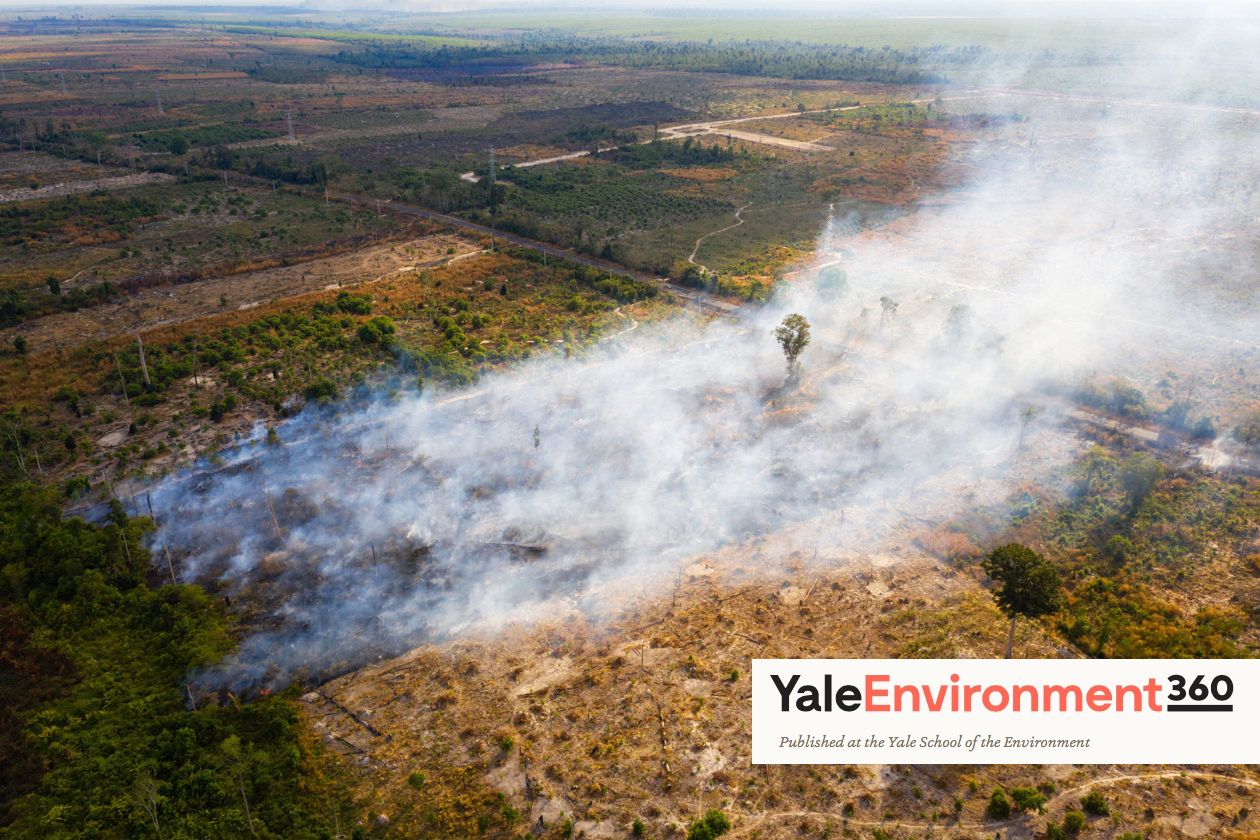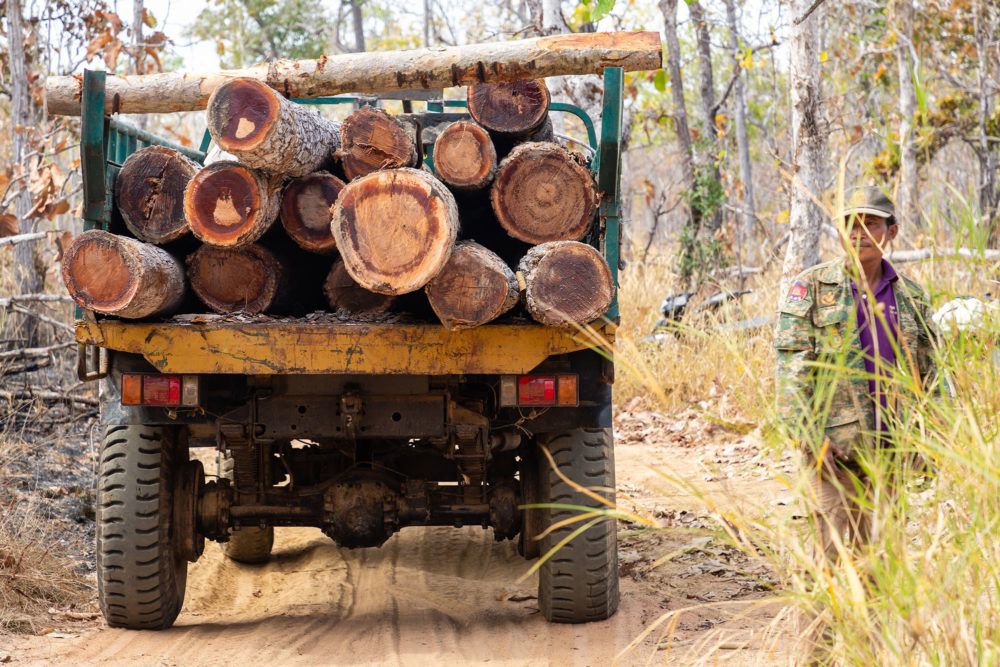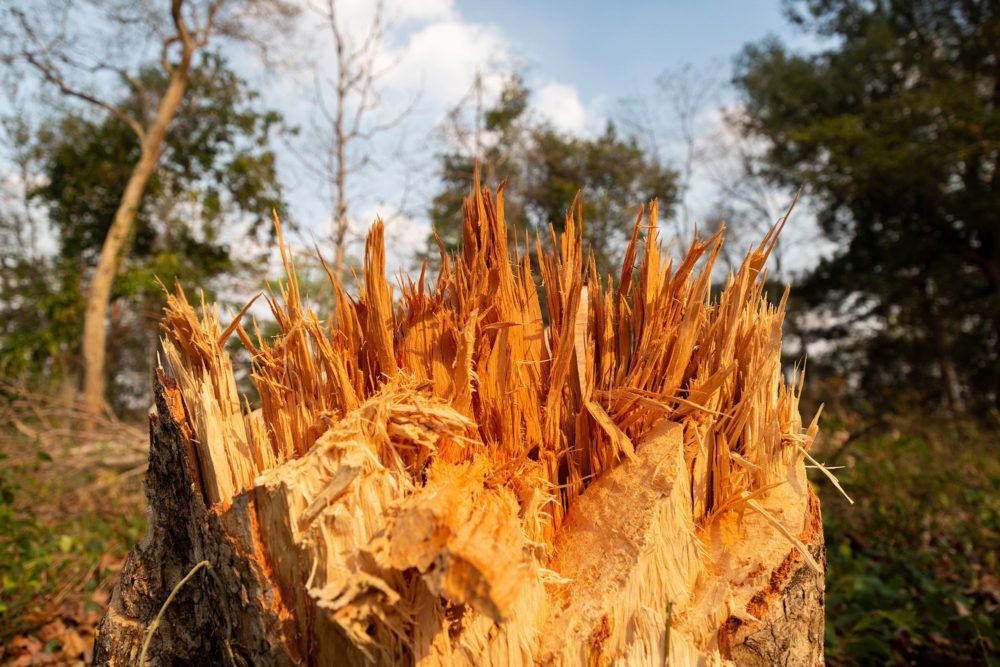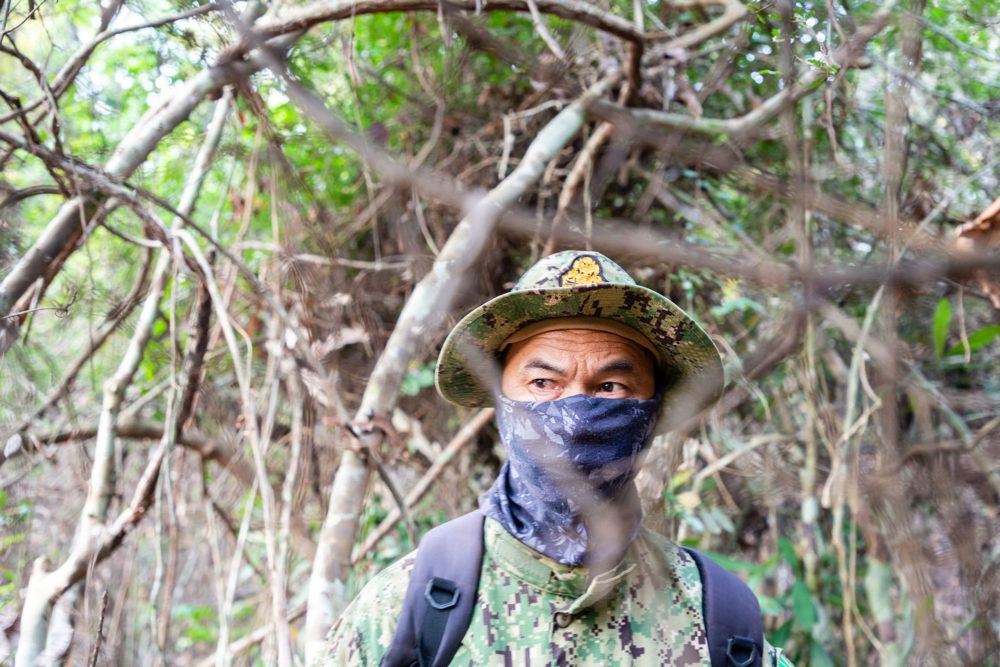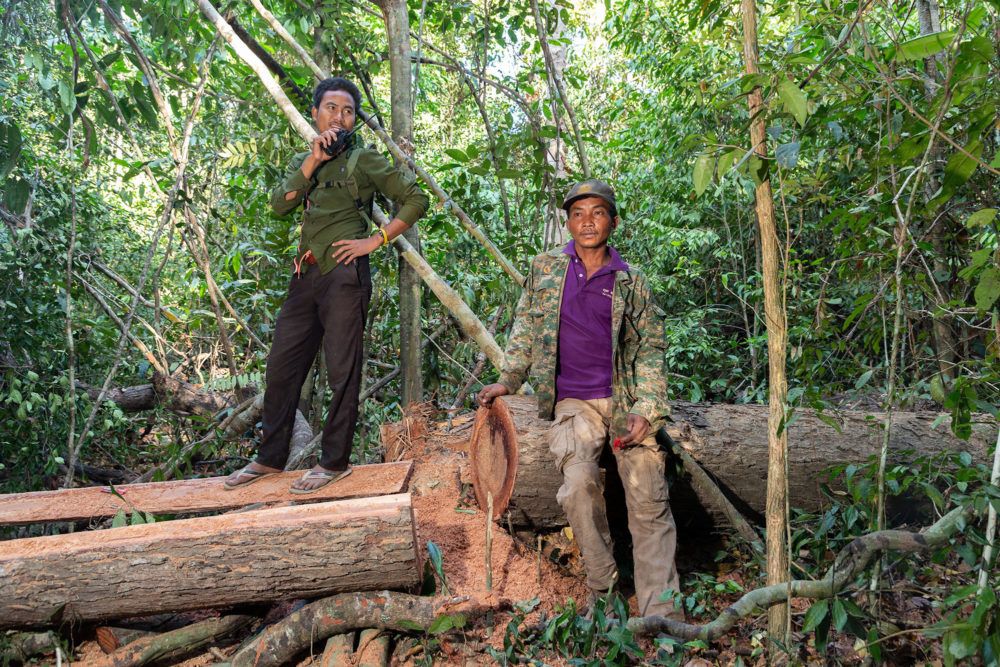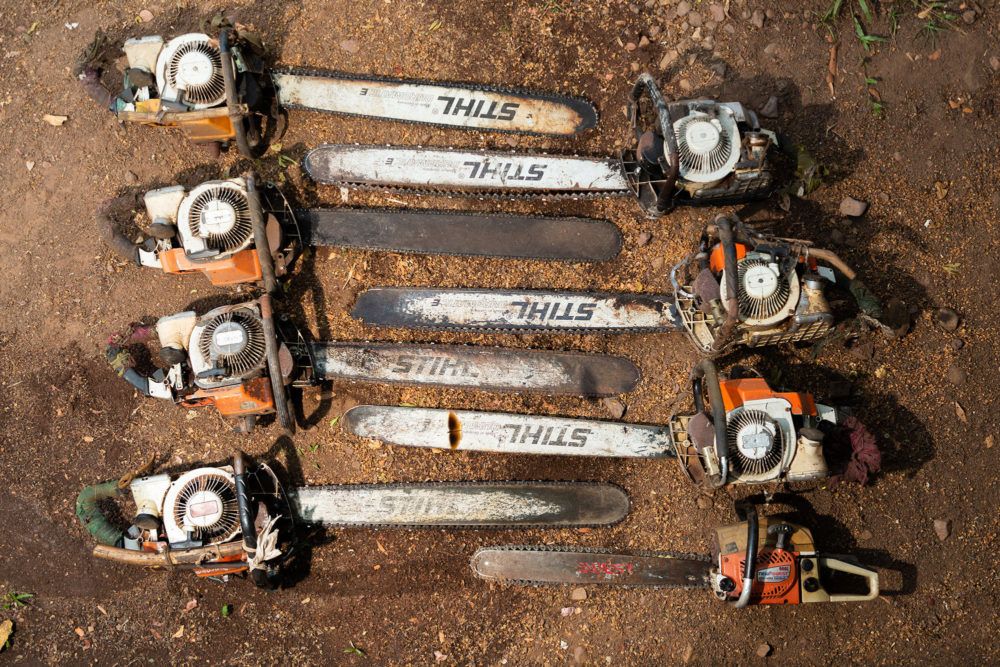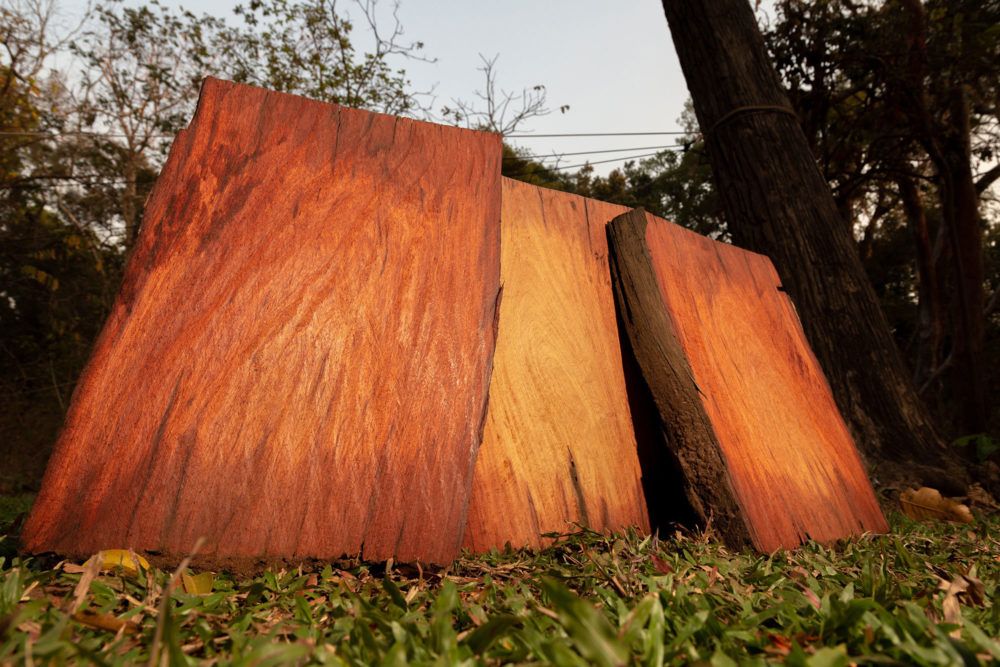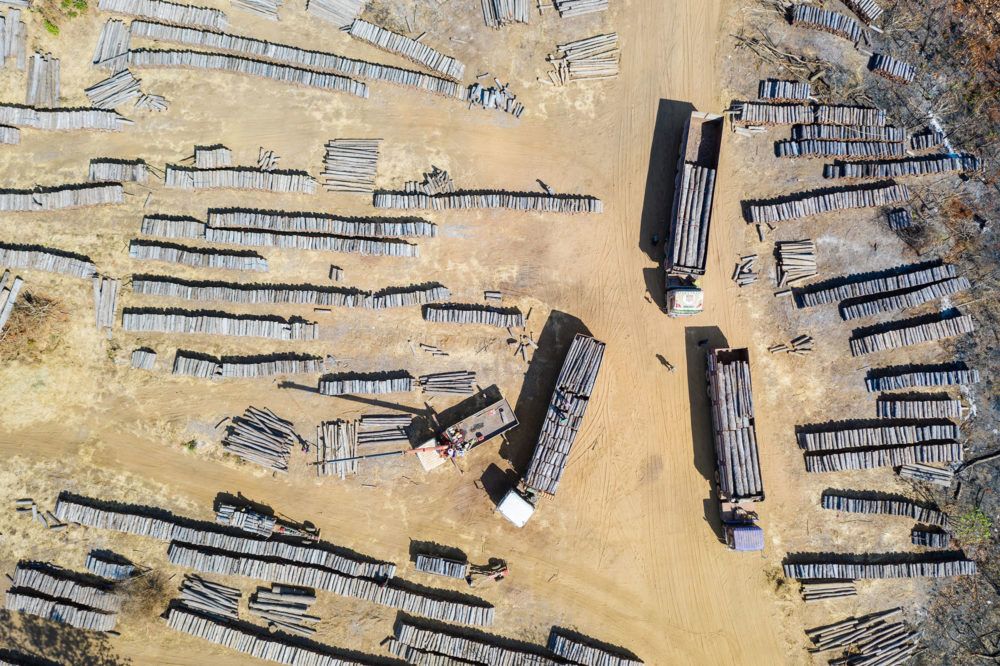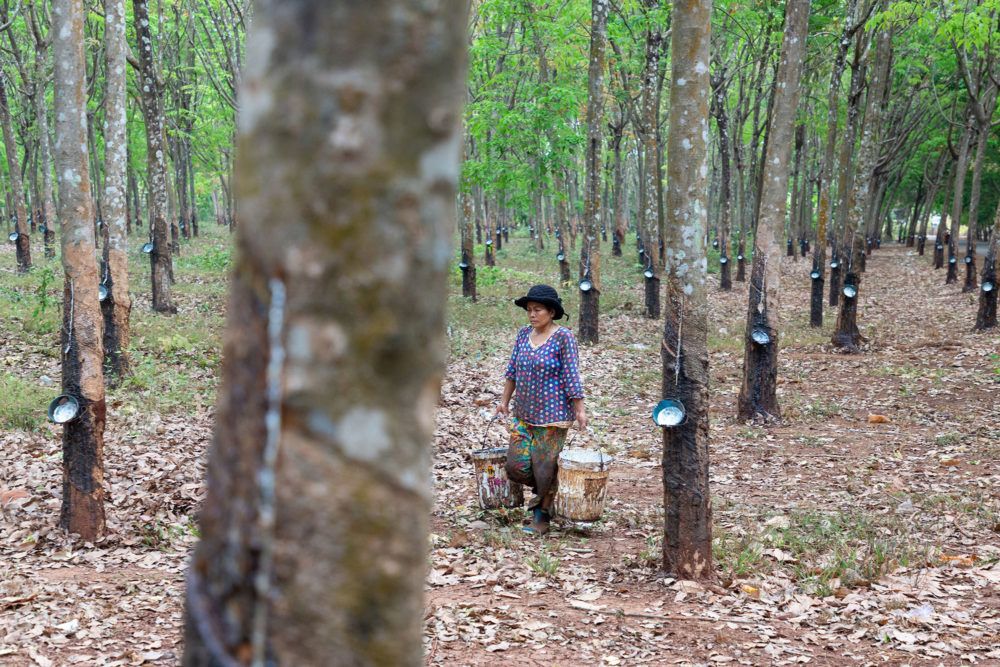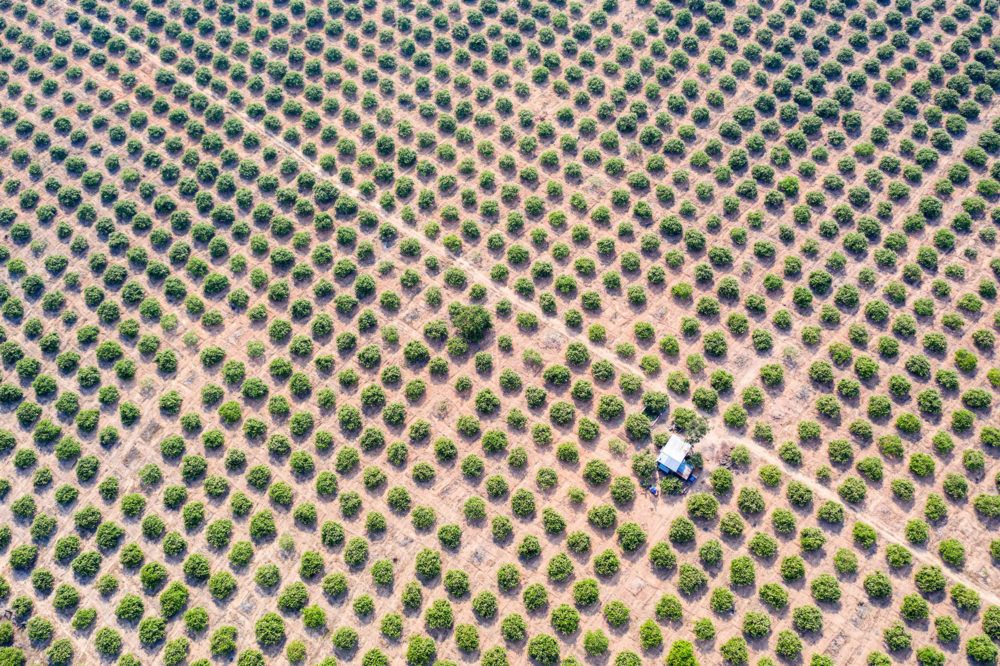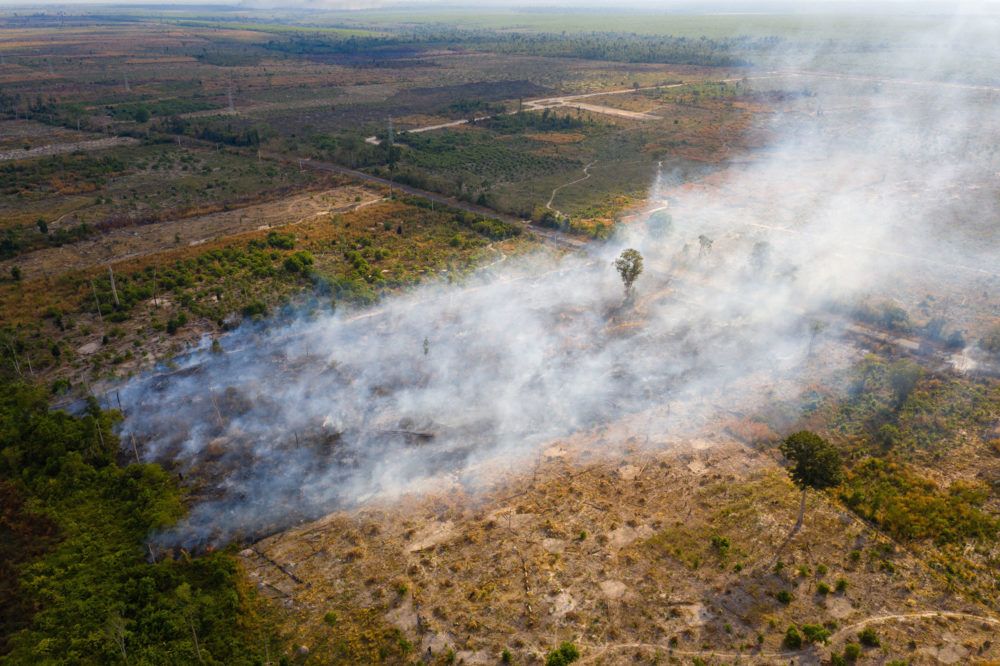Few countries have suffered such severe deforestation over the past two decades as Cambodia, a land once covered with expansive woodlands that were home to Indochinese tigers, elephants, and scores of endemic plant and animal species. Satellite surveys show that only 3 percent of Cambodia’s primary forest remains as thousands of square miles have been lost to logging of rosewood and other tropical hardwoods, coupled with clearing to make way for rubber plantations and agricultural projects. Driving this destruction are unscrupulous businesses and black marketeers who have reportedly paid millions of dollars in bribes to Cambodian politicians, police, and military officers.
Much of the deforestation has taken place in parks and other supposedly protected areas, such as the Prey Lang Forest in northern Cambodia. As Cambodian and foreign companies have moved into these reserves, Indigenous people have been driven out, their forest-based livelihoods destroyed.
Earlier this year, Beijing-based photojournalist Sean Gallagher visited Cambodia to document the continuing destruction of the country’s few remaining areas of intact forest, including Prey Lang, one of Southeast Asia’s last lowland evergreen woodlands. Gallagher photographed members of the Prey Lang Community Rangers, a group of farmers and Indigenous people patrolling the 1,400-square-mile wildlife sanctuary in an effort to prevent illegal clearing of the forest. It’s dangerous work — in 2018, three forest defenders were shot and killed in another Cambodian wildlife sanctuary after seizing equipment from illegal loggers.
Click through the below slideshow to see Gallagher’s images.
